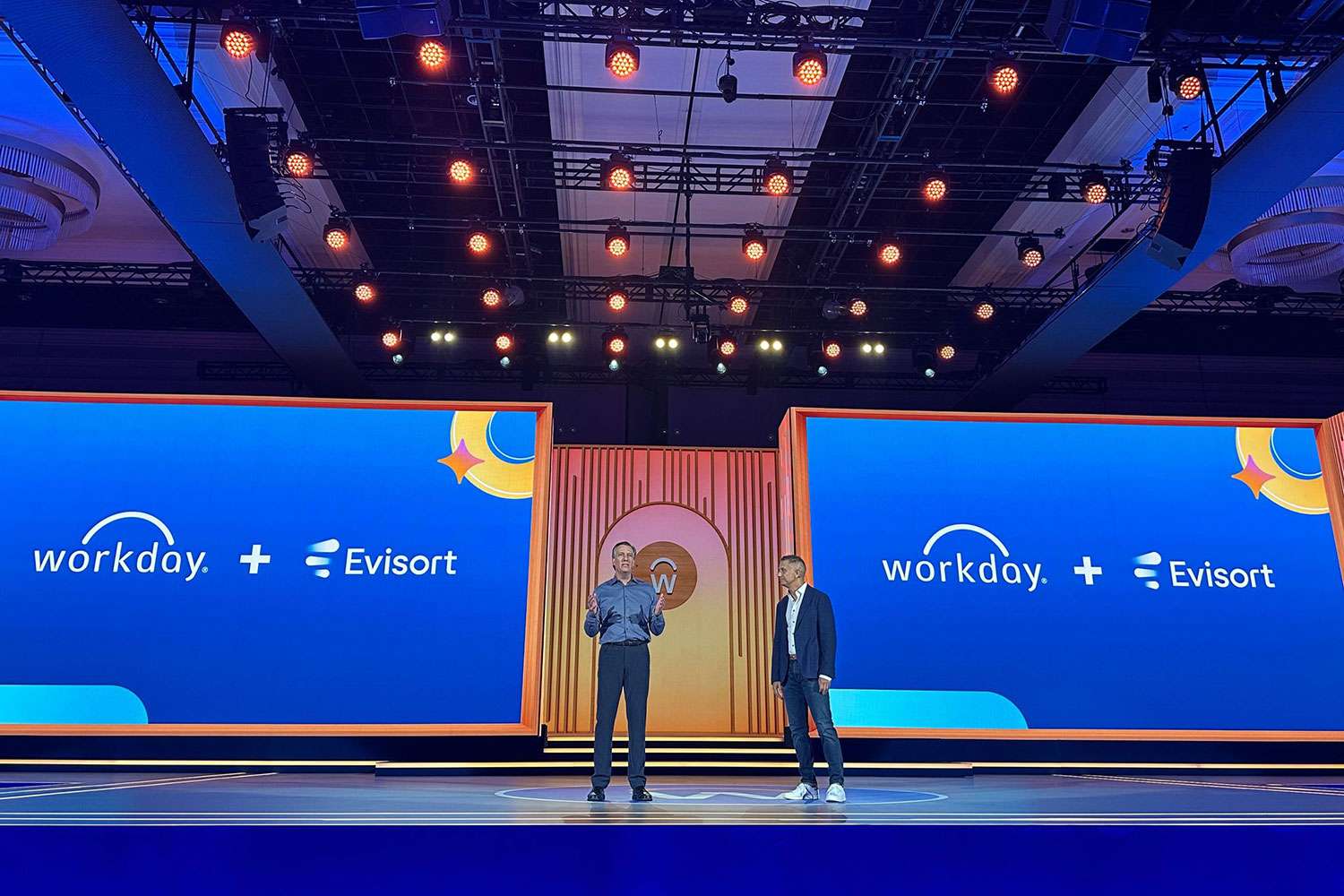Evaluating Cloud Readiness — Is Your Company Prepared for AWS?

Migrating to a cloud-based service or platform is a big transition for any company; cloud readiness is complex, with countless complexities involved, the myriad of moving pieces, and the sheer scope of that kind of move can be intimidating.
Luckily, as a leader in enterprise application management, cloud hosting, and consulting services, ERPA is uniquely positioned to make your Amazon Web Services (AWS) migration easy and intuitive.
Not sure a cloud-based model is right for your industry? Need assurance that an AWS migration won’t interfere with day-to-day operations?
There’s only one surefire way to answer these questions and make an informed decision: start with an Amazon Web Services migration readiness assessment.
Why Assess Your AWS Migration Readiness?
Many companies consider a cloud-based management solution as an alternative to on-site systems management for a number of reasons. Rising infrastructure costs coupled with legacy system and workloads, keeping up with the pace of innovation, a shrinking workforce, and inconsistent support service from third-party data centers are only a few of the driving forces behind cloud migration today.
Amazon Web Services, an ERPA-approved partner, is the premier cloud-based application creation and management services on the market, and it’s used by a number of enterprise-level businesses across a wide spectrum of industries.
As a result, AWS is built to facilitate cloud-based management to help companies increase flexibility, scalability and reliability. To realize those benefits for your organization, the first step in any successful AWS cloud migration is to conduct a cloud readiness assessment.
Objectives of an AWS Cloud Readiness Assessment
Your three overarching objectives for an AWS cloud readiness assessment are to:
- Identify infrastructure strengths: Identifying your current infrastructure’s strengths lets you understand which areas need the least amount of work. This, in turn, helps you focus resources where they’re needed most.
- Identify infrastructure weaknesses: It’s easy for companies to be less critical than they should be when it comes to identifying weaknesses. You need to be hypercritical if you want to use cloud-based solutions to turn weaknesses into strengths.
- Create an action plan to fill in the gaps: Pausing during migration to address foundational gaps and implement appropriate solutions costs you time and money. You can save both, and make your migration go as smoothly as possible, when you create a cloud migration action plan that outlines solutions ahead of migration.
Understanding where your organization is in its cloud journey is the purpose behind conducting an assessment, and it’s important to approach migration with as much information and preparedness as you can.
If, after you’ve conducted your initial cloud readiness assessment, you decide migrating to a cloud-based platform like Amazon Web Services is the right move, migration experts like ERPA can get you started.
Bonus Outcomes from a Cloud Readiness Assessment
In addition to maximizing how you use your resources and minimizing wasted time doing on-premise data management, there are plenty of unexpected benefits from migrating to a cloud-based management platform.
Team Building
It’s no secret that miscommunication, information mismanagement, and a general atmosphere of disorganization do nothing to help improve workforce morale.
Fortunately, migrating to a cloud-based management solution–especially one that’s intuitive and accessible– is an effective way to align company goals and improve team consensus building.
Leveraging Strengths to Scale
Scaling up around on-premise management technology is a challenge at best and a disaster at its worst. It’s easy, intuitive, and efficient to scale your company, department, and even individual employee strengths when cloud-based solutions are in place.
Reducing Disruptions
Nothing disrupts progress like a database crash or a system malfunction, and inferior, outdated equipment can only be coddled so much.
Avoid lengthy on-site software updates, planned or unplanned downtime, and a general sense of uncertainty by migrating to a cloud-based solution to reduce disruptions.
The Basic AWS Migration Readiness Assessment Process
Fortunately, there’s no shortage of information available to help clients of all sizes prepare for an effective, efficient AWS cloud migration. One of their most helpful tools is their Cloud Adoption Framework.
The AWS Readiness Assessment Process
Using information from the CAF evaluation as your guide, Amazon Web Services outlines a simple readiness assessment process that you can follow:
- Schedule the readiness assessment meeting with the required attendees.
- Facilitate discussions by using an AWS CAF-aligned set of discussion starters. This is an opportunity to build consensus regarding the organization’s current readiness state, identify and align around next actions, and determine any risks.
- Analyze the results and build observations and next steps. Your assessment team should meet to compare notes, analyze results, and build an out-brief pitch that contains summary observations and next steps to fill the identified gaps.
- Schedule and conduct a debrief. Be sure to bring any new attendees up-to-date on the process, share and review outputs, and agree on next steps.
You should have a detailed picture at this point of your company’s infrastructure strengths and weaknesses as well as your level of readiness to migrate to the cloud. Your action plan will include steps to close any management gaps and optimize migration moving forward.
Partner with Approved AWS Experts to Save Time and Money During Migration
Again, we understand that cloud migration is neither a one-size-fits-all implementation or an overnight decision, and it shouldn’t be.
It’s your job as a business leader (with the help of your team) to:
- Accurately assesses your readiness for cloud migration
- Plan far enough ahead to mitigate any challenges or disruptions
- Leverage infrastructure strengths in ways that can scale as you grow
- Exploit infrastructure weaknesses in order to fill in data management gaps
- Do all of this without crashing and burning spectacularly
Fortunately, smart business leaders and successful industry innovators partner with AWS cloud-management approved partners like ERPA to streamline the process.
Ready to migrate? Want to sharpen your know-how using our free cloud migration assessment tool? Contact the professionals at ERPA today!































